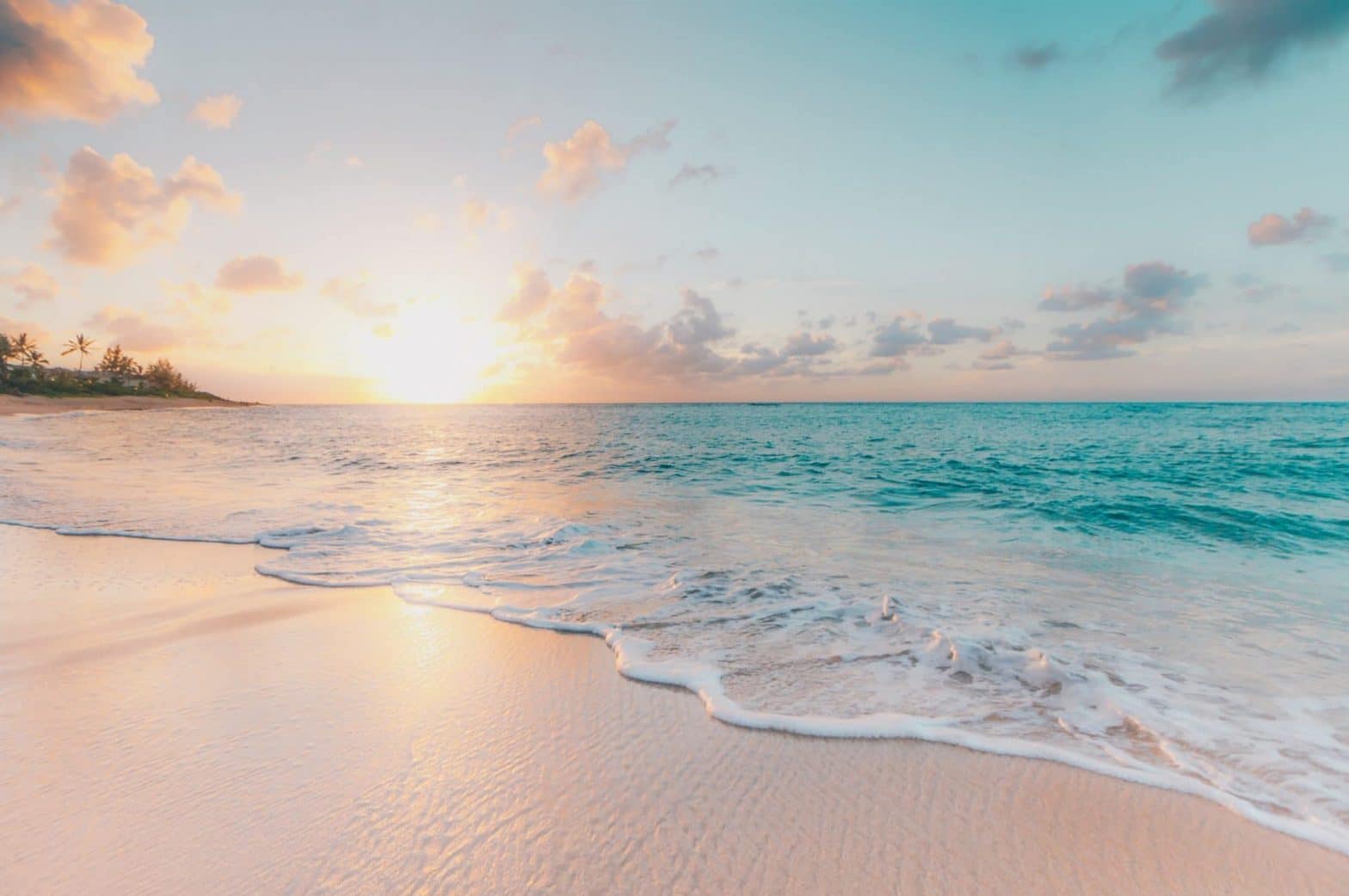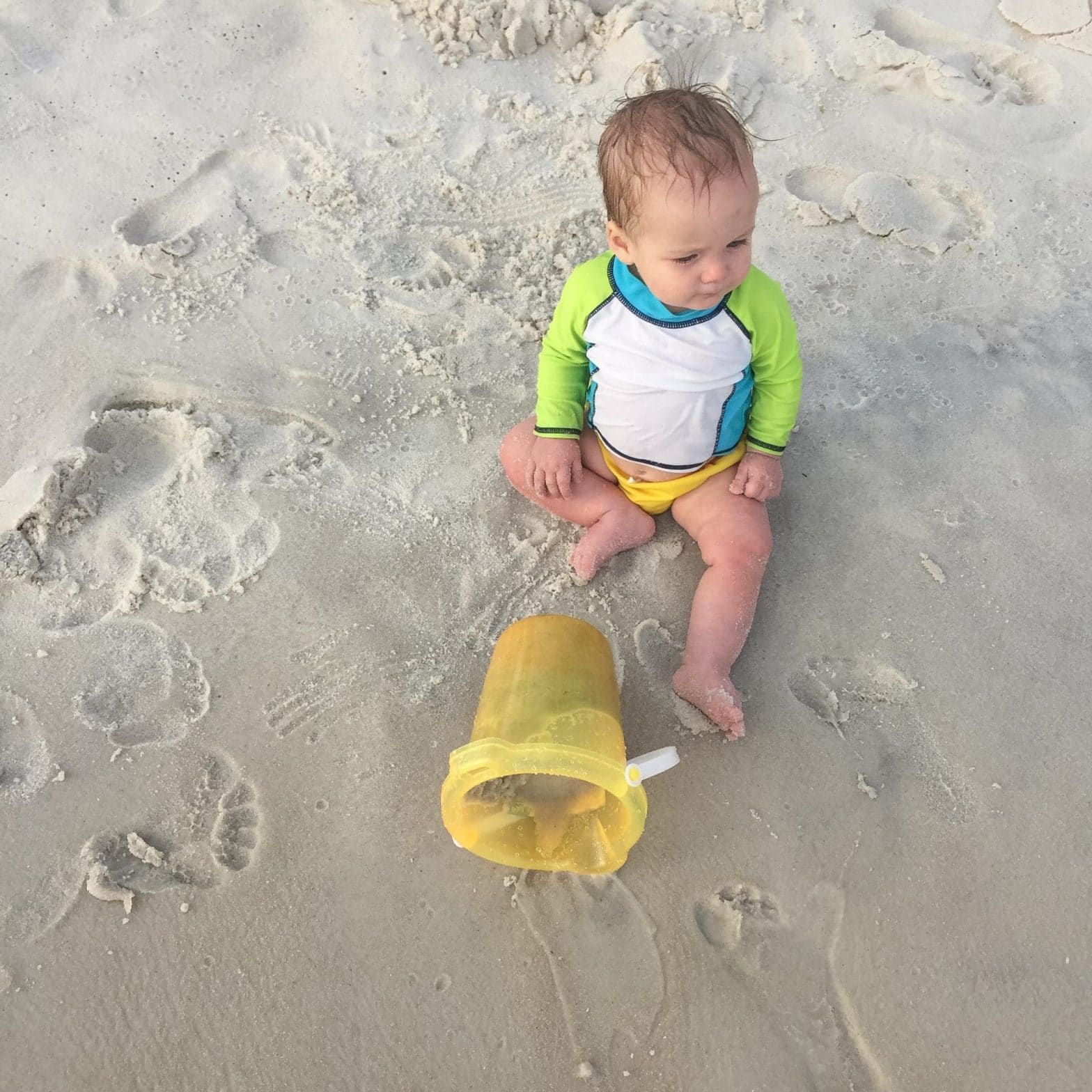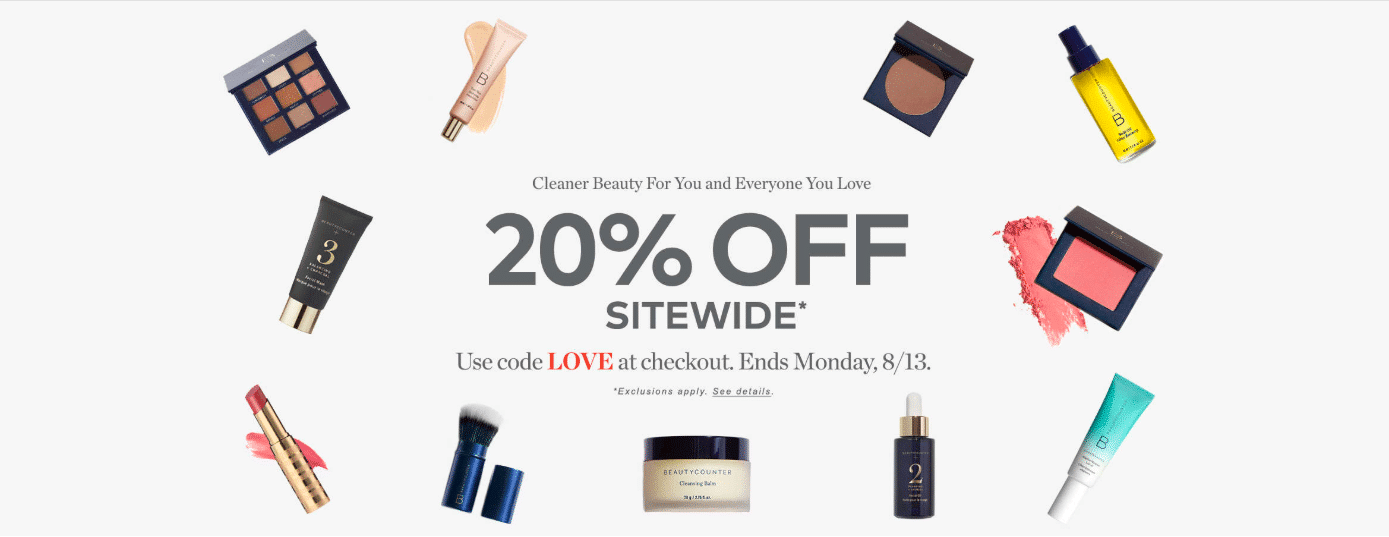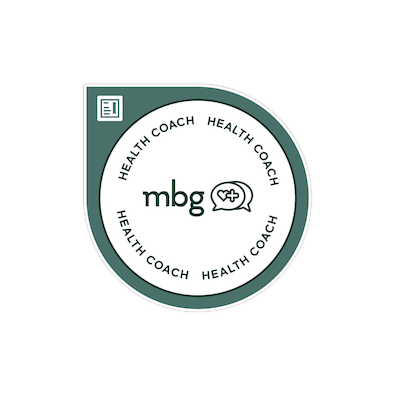We’re bringing you this Safest Sunscreens of 2019 Edition to make choosing the safest sunscreen EASY. Trying to figure out which sunscreens are THE safest sunscreen options can be SO tough. There are SO many ingredients, most of which we can’t pronounce. Well, with Spring and Summer right around the corner it’s time to start preparing for those days of having fun in the sun! You know by now how important clean living is to me! I’m so excited to teach you which sunscreens are safest to help keep you and your family protected.

Come back throughout this week as we add more categories of the Safest Sunscreens updated for the 2019 season!
- Safe Sunscreens for Adults
- Safe Stick Sunscreens for Adults
- Safe Face Stick Sunscreens for Adults
- Safe Sport Sunscreens for Adults
- Safe Sunscreens for Pregnancy
- Safe Sunscreens for Babies
- Safe Sunscreen Sticks for Babies (Face + Body)
- Safe Sunscreens for Kids
- Safe Stick Sunscreens for Kids (Face + Body)
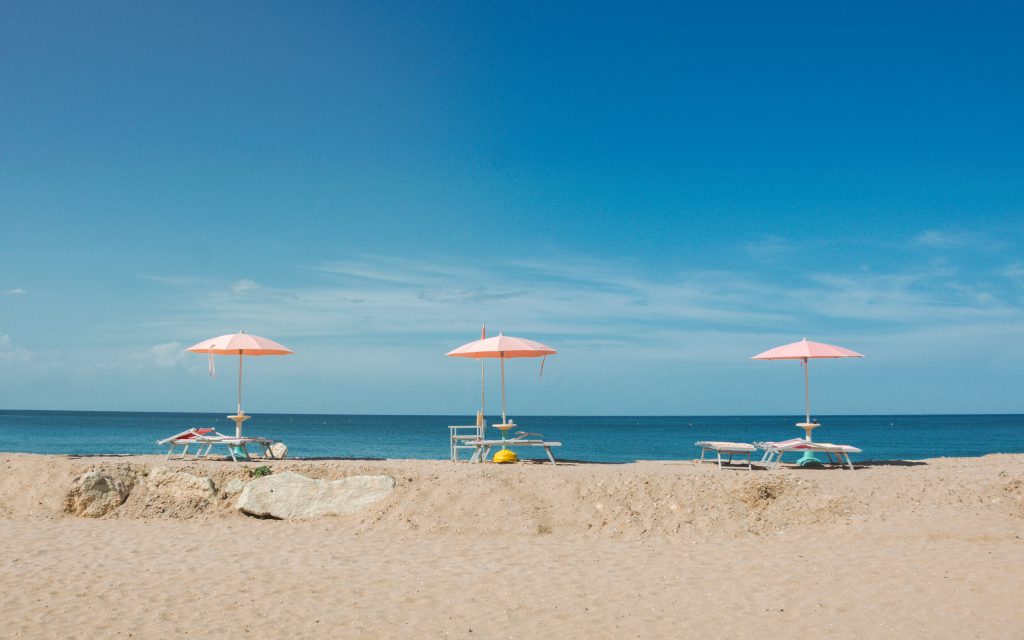
As you probably know, the main reason to use sunscreen is to be protected from the sun, which at worst can cause skin cancer. Let’s see what some of the science based statistics are for skin cancer and aging, shall we?
- It’s estimated that the number of new melanoma cases diagnosed in 2019 will increase by 7.7 percent.
- The vast majority of melanomas are caused by the sun. In fact, one UK study found that about 86 percent of melanomas can be attributed to exposure to ultraviolet (UV) radiation from the sun.
- Only 20 to 30 percent of melanomas are found in existing moles, while 70 to 80 percent arise on apparently normal skin.
- On average, a person’s risk for melanoma doubles if he or she has had more than five sunburns.
- Regular daily use of an SPF 15 or higher sunscreen reduces the risk of developing melanoma by 50 percent.
- People who use sunscreen with an SPF of 15 or higher daily show 24 percent less skin aging than those who do not use sunscreen daily.
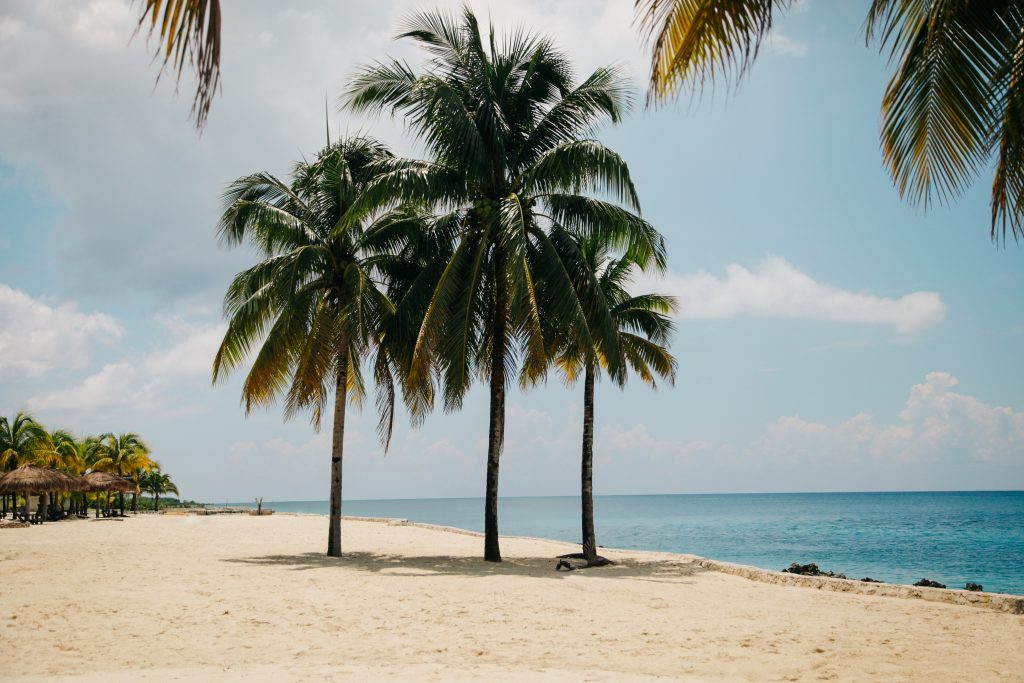
But we also can’t fully keep ourselves from the sun! Well, we could stay inside all day every day, but that wouldn’t be good either! Especially since being outdoors is connected to a healthy mental state AND we can do so many physical activities that are good for our bodies when we’re outside.
Let’s walk through a lot of the questions I get about the safest sunscreens, especially those questions you directly asked me when I polled you on Instagram!

Ways to Naturally Protect Yourself from the Sun that aren’t Sunscreen
Two questions I get a lot on this topic are “How can I protect my skin from the sun without sunscreen?” and “How can I protect my skin from UV rays naturally?”
- Always check the UV index first! You can use the UV Index search by Zipcode feature here on the Environmental Protection Agency’s (EPA) website. It will tell you the category of exposure (low-extreme), the UV index number, and sun protection tips for the UV index.
- Avoid exposure to the sun during mid-day. The sun is hottest and UV rays the strongest in the middle of the day. Try to limit your sun exposure during these times, and enjoy the outdoors in the mornings and evenings.
- Wear clothes and hats as sun protection. Darker, more tight-knit clothes will offer you the best protection. Obviously, the more skin you cover, the better the protection, so long sleeves and pants are best! Some clothes even offer a UPF (ultraviolet protection factor) rating. A UPF of 50+ means only 2% of the sun’s rays can penetrate. A wide-brimmed hat is a great choice to offer additional protection to your face and neck. Additionally, if you’re swimming, you can get Rash Guard bathing suits that cover all of your arms! I’ve included some of my favorite rash guard options below!
- Wear sunglasses that have UV protection. Unfortunately, not all sunglasses are created equally. You want to be sure to look for sunglasses that have UVA / UVB protection, ideally 99% to 100%. These sunglasses will protect both your eyes and the sensitive skin around your eyes from these harmful rays. Don’t assume that sunglasses contain UV protection – most don’t! You want to look for a label that says “UV absorption up to 400 nm” or “Meets ANSI UV Requirements.” These labels mean the glasses block at least 99% of UV rays, and this is really the only way to truly know they offer the UV protection you need. Sunlight is healthy for your eyes before 9am and after 5pm so no glasses are needed during those hours. Side note: if you’re into natural ways of healing you should totally look into Sun Gazing, please do your own thorough research on this topic to make sure you do it correctly.
Super Cute Rash Guards for the Whole Family:
Scroll through to see them all!
[show_lookbook_widget id=”416483″]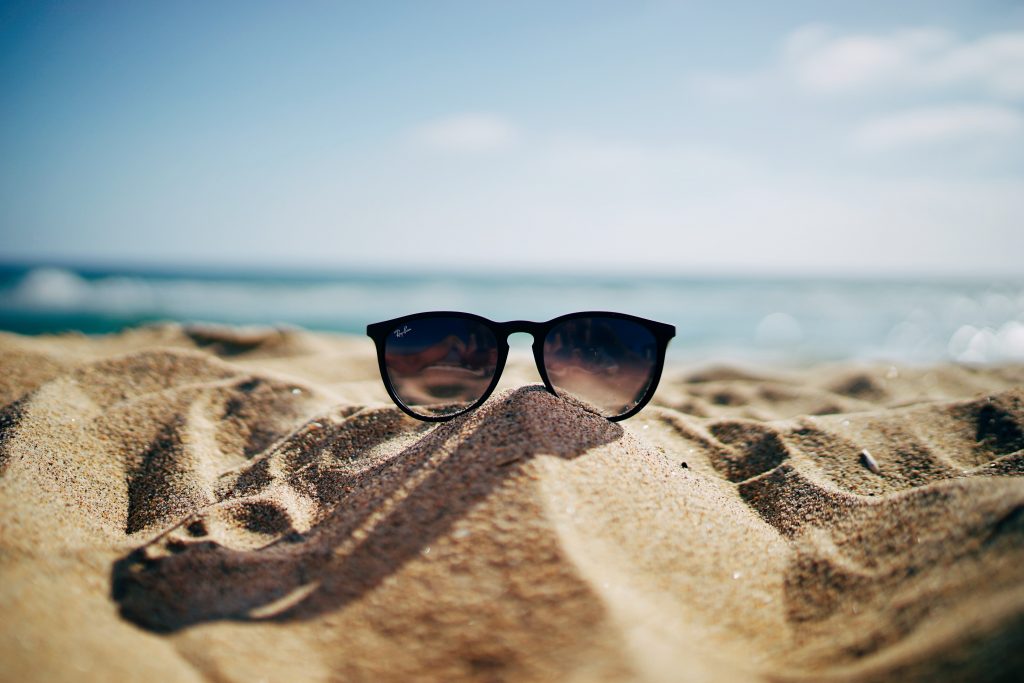
Here is a short list of foods that can help protect your skin from sun damage. This is also known as “eat your sunscreen.” (Of course still use the natural sun barriers and sunscreen!):
- Fruits like berries, citrus fruits, and kiwi (Vitamin C)
- Carrots and Leafy Greens (beta carotene)
- Tomatoes and Watermelon (lycopene)
- Nuts, seeds, olives, wild salmon, tuna, mackerel, and sardines (omega 3’s)
- Green Tea (polyphenols, catechins)
- Cruciferous vegetables like broccoli, cauliflower, bok choy, Brussels sprouts, and cabbage (sulphoraphane)
- Pomegranates (ellagic acid)
- Tumeric (anti-inflammatory and antioxidants)
- Dark Chocolate (antioxidants)
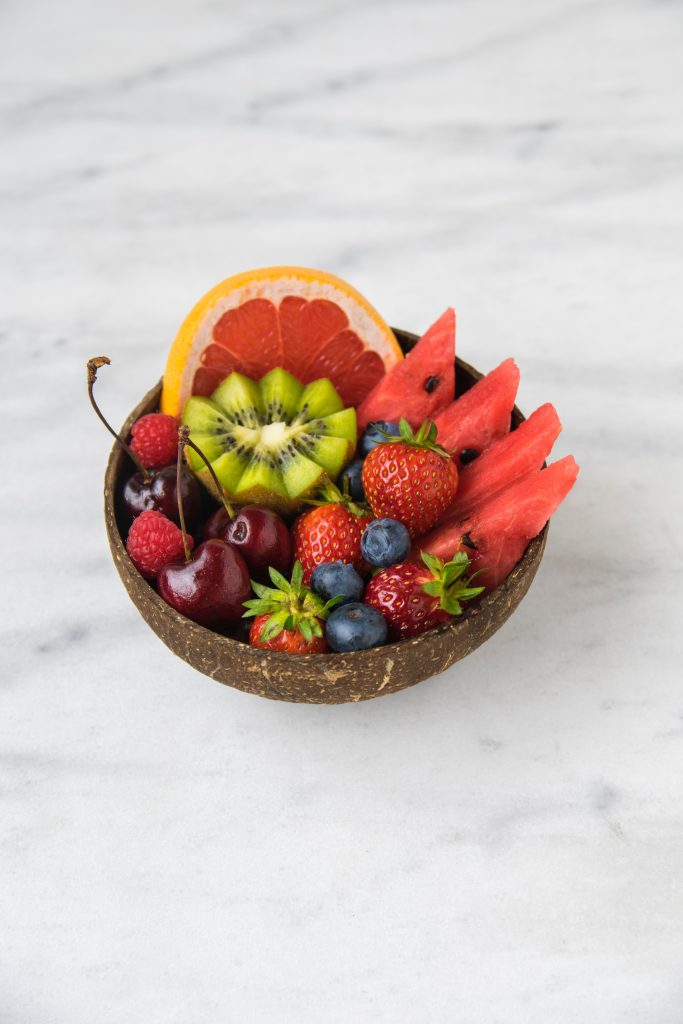
Which vitamins protect you from the sun?
A diet rich in the foods listed above that is low inflammatory will help your body’s natural defense to sun exposure. Supplementing with Vitamin C, omega 3’s, and Vitamin D. There are also now supplements specifically for internal use that protects you from sun exposure like SunDots! Be sure to consult with your physician AND also use the methods above for natural sun protection and a safe sunscreen when necessary.
Finding the safest sunscreens for you and your family is SO important for a few important reasons:
- There are definitely going to be times when you do need sunscreen, so finding safe sunscreen options is important!
- We DO want to avoid exposure to damaging UVA and UVB rays from the sun
- We’re instructed to apply a HUGE amount (and reapply often!) on our skin, which is can absorb sunscreen ingredients into our bodies.
- Traditional sunscreens often have “penetration enhancers” which only heightens its ability to be absorbed into the body.
- If you’re using a sunscreen spray, you can breathe in those ingredients into your lungs
We all know that sun damage has lasting effects on our bodies, which is why protecting yourself by using a safe sunscreen on a daily basis is ideal. BUT not all sunscreens are created equal, which is why we are going to talk about ingredients!
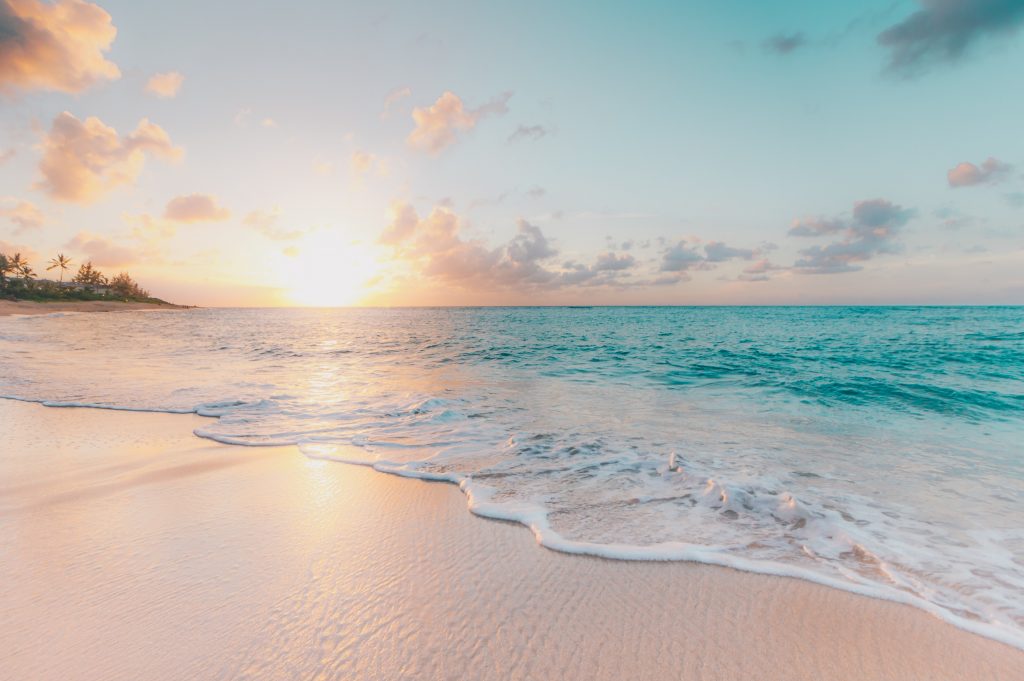
Two Types of Sunscreen
First of all, there are two types of sunscreens: chemical, and physical. (otherwise known as chemical and mineral). I bet you can guess which one I prefer, just from the names 😉
What is the difference between chemical and mineral sunscreens?
Chemical Sunscreens
Traditional sunscreens (most of the sunscreens available on the market) are chemical. Chemical sunscreens work by using chemicals that absorb the UV rays from the sun.
Physical or Mineral Sunscreens
Physical or mineral sunscreens use either zinc oxide or titanium dioxide as barriers to reflect or block the rays altogether.

The questions I got the MOST on Instagram were:
“What ingredients should you avoid in sunscreen?” Or “What is the bad stuff in sunscreen?”
When you go to the store or are looking online there are some very important details to pay attention to while you are searching for a safe sunscreen. The number one ingredient you want to avoid is called oxybenzone; this chemical is an endocrine hormone disruptor and has been proven to damage the dna of coral larva, which means it’s killing the oceans natural ecosystem. Oxybenzone is in nearly 65 percent of the non-mineral sunscreens in EWG’s 2018 sunscreen database!
To read more about oxybenzone from the Environmental Working Group, click here. It scores an 8, meaning it poses a high health risk.
The other concerning ingredients to avoid are octinoxate, homosalate, octisalate, and octocrylene which all have been found widespread from penetrating the skin layers causing issues within the human body.
List of ingredients you should avoid in sunscreen:
What are the side effects of sunscreen?
Traditional sunscreen can cause acne, a skin reaction like burning, stinging, redness, and/ or itching, blistering, and infected hair follicles.
The more severe, long-term side effects of traditional sunscreen are more concerning to me:
Oxybenzone causes biochemical or other cellular level changes, has developmental and reproductive toxicity, and contaminates the bodies of 97% of Americans, according to research by the Centers for Disease Control and Prevention. The EWG says “Oxybenzone can cause allergic skin reactions (Rodriguez 2006). In laboratory studies it is a weak estrogen and has potent anti-androgenic effects (Krause 2012, Ghazipura 2017).”
Oxtinoxate has many of the same side effects listed above, and has been shown to have hormone-mimicking effects on laboratory animals. Octocrylene is known to cause allergic skin reactions in those with sensitive skin.
Is sunblock cancerous?
Most traditional sunblocks have the ingredient oxybenzone in them. The cellular concern with oxybenzone, according to the EWG, is it “Produces excess reactive oxygen species that can interfere with cellular signaling, cause mutations, lead to cell death and may be implicated in cardiovascular disease.” (source)
These ingredients have lower toxicity concerns and penetrate less than 0.16% into the skin, titanium dioxide, zinc oxide, avobenzone and mexoryl SX. These sit on top of the skin and provide a blocking of the sun rays which means you won’t be absorbing the ingredients into your whole system.
Keep in mind that there is a lot of opposing information out in the world about each of these ingredients especially oxybenzone, that is why you get to make that final decision for your family when it comes to what you deem as safe. At Olive You Whole we are all about clean living and eating, so if you can’t eat something it probably shouldn’t be going on or in your body.
There was a study done in the Journal of Clinical Pharmacology and Therapeutics that reported:
“Sunscreens protect against sunburn, but there is no evidence that they protect against basal cell carcinoma or melanoma. Problems lie in the behavior of individuals who use sunscreens to stay out longer in the sun than they otherwise would. Vitamin D inhibition is, at this stage, unlikely due to insufficient use by individuals. Safety of sunscreens is a concern, and sunscreen companies have emotionally and inaccurately promoted the use of sunscreens.”
It’s even been proven that annually since 2012 there has been a 4.2% increase in skin cancer, even though we are being blasted with how important it is to protect ourselves from the sun. This is why when you’re looking at chemical based and mineral based, you will find the mineral based sunscreens rate higher in their effectiveness. You still want to pay attention to what’s in those mineral sunscreens because many still contain the other chemicals listed above. Luckily, with EWG’s testing, it’s easier than ever to see which sunscreen rates lower (safer) on the charts for safety and effectiveness that will protect you and your family!
Make Sure your Safe Sunscreen is Really Safe
Did you know sunscreens expire?
The US FDA mandates that sunscreens either maintain their efficacy for three years OR mark their bottles with an expiration date. If the bottle of sunscreen you buy doesn’t have an expiration date, write on the bottle your purchase date. Toss it out within 3 years.
Is higher SPF better?
Higher SPF only gives you *slightly* better coverage from UV rays. From cancer.org: “Many people don’t understand the SPF scale. SPF 15 sunscreens filter out about 93% of UVB rays, while SPF 30 sunscreens filter out about 97%, SPF 50 sunscreens about 98%, and SPF 100 about 99%. The higher you go, the smaller the difference becomes. No sunscreen protects you completely.” (source)
There has been a lot of controversy as to if higher SPF really protects for longer periods of time and lasts longer. After research had been conducted it’s been shown that ultimately higher SPF doesn’t equate to having more protection and the FDA has long contended that SPF higher than 50 is “inherently misleading” (FDA 2007). It comes down to the fact that just because you are wearing a higher SPF doesn’t mean that you can or should stay out in the sun for longer periods of time. You still need to reapply and should limit sun exposure during those peak hours.
What is broad spectrum sunscreen?
There are two different types of UV light- UVA and UVB. UVA light is what prematurely ages your skin, giving you wrinkles and sun spots. UVB light is what burns your skin.
A broad spectrum sunscreen protects you from both UVA and UVB rays. It’s really important you’re always choosing a sunscreen that’s labeled as broad spectrum so you get protection from both UVA and UVB rays.
Tips for Safe Sunscreen Usage
- Get the sneaky spots! ANY skin on your body could develop skin cancer. Be sure to get the sneaky spots, like ears, eyelids, hands and nail beds, and between fingers and toes.
- Put sunscreen on before bug spray or makeup, if using.
- Use “sport” or water-resistant sunscreen if you have plans to get wet or be active and sweaty
- Apply sunscreen generously – did you know you’re supposed to use an entire shot glass full of sunscreen for your whole body? If you use less than that, you’re not truly getting the amount of SPF that’s labeled on your body.
- Reapply often – ALL sunscreens need to be reapplied, no matter the SPF. The general recommendation is every 2 hours, sooner if you’ve been in the water or sweating.
More than likely you probably haven’t been putting on the right amount of sunscreen especially if you’ve been using the spray or stick sunscreens! Most of us use about a quarter of the amount we’re supposed to use! With spray or sticks you’ll need between 2-3 coats to truly gain all the benefits as doses aren’t as easily measurable with those options.
So there you have it! That is our super comprehensive post about safe sunscreens! Do you have anything to add? Be sure to add it in the comments and we’re happy to add it to our post!

